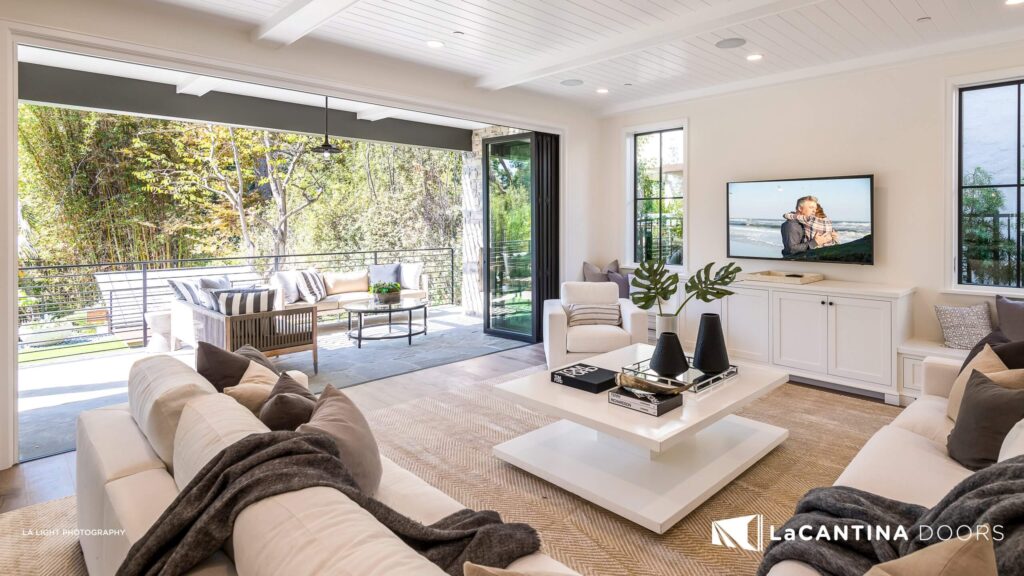Windows are not just functional elements; they are crucial in defining the aesthetics and ambiance of a room. This article delves into how different window designs, sizes, and placements can dramatically alter a room’s character and feel.
Window Designs and Room Aesthetics
The design of a window – be it traditional sash, contemporary floor-to-ceiling, or elegant bay windows – sets the tone of a room. Each style brings a unique aesthetic, influencing how a space is perceived and experienced.
Get a Free Project Consultation
Size and Placement
The size and placement of windows affect both the amount of natural light and the view they frame. Larger windows create a sense of openness and bring more natural light, while smaller windows can offer a more cozy, intimate feeling. Strategic placement can highlight certain architectural features or scenic views.
Materials and Design
The materials used in window frames also play a crucial role in energy efficiency. Materials like uPVC, fiberglass, and wood each have unique insulating properties. The design of the window, including aspects like the number of panes, the type of gas used in double-glazing, and the quality of seals, further influences energy performance.
Natural Light and Ambiance
Natural light plays a pivotal role in the ambiance of a room. The direction the window faces, the amount of sunlight it receives, and the quality of light all contribute to the mood and functionality of the space.
Window Shapes and Perception
The shape of a window can also influence room perception. For example, tall, narrow windows can create an illusion of height, while wide windows can make a room appear more spacious.
Free Project Consultation with Designer Window Supply
The impact of window design on room aesthetics is profound. By carefully considering the interplay of natural light, window shapes, and placement, one can significantly enhance the visual appeal and ambiance of any room. Interested in learning more about different window and door options? Reach out for a free project consultation!


